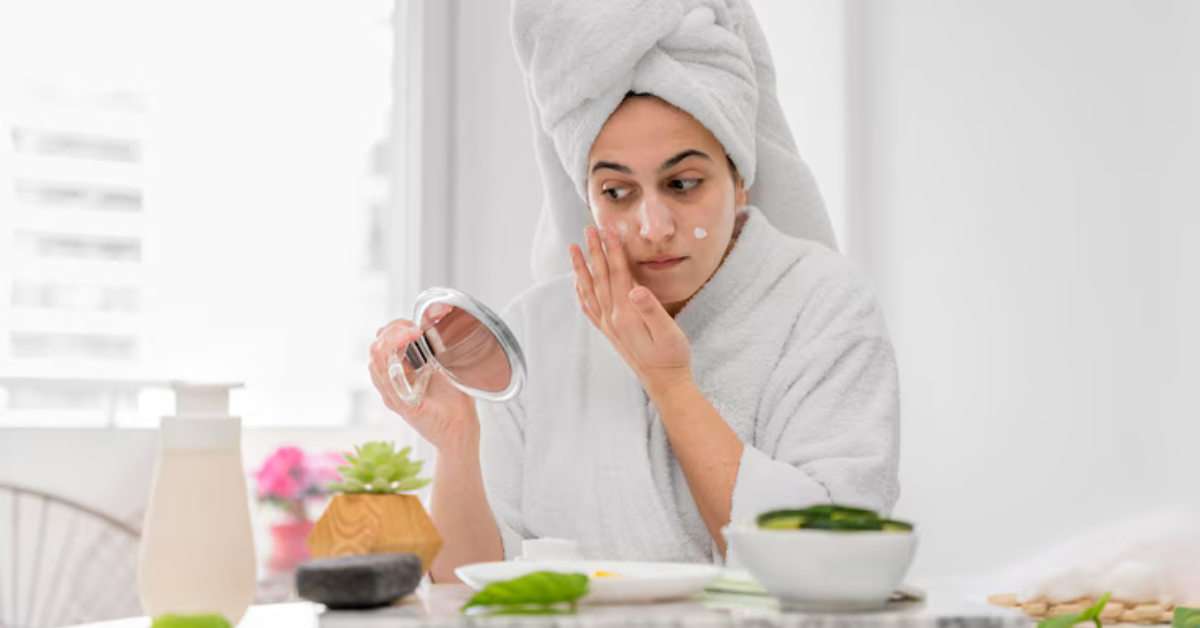If you’re researching skincare, you’ve probably come across adapalene—an effective retinoid-like ingredient that fights acne while calming inflammation. Often marketed as adaclean, this topical treatment works on multiple fronts. This article explores how adaclean functions, its benefits, safety tips, and best practices, so you can make informed skincare choices.
What Is adaclean?
Adaclean refers to skincare products containing adapalene, a third‑generation topical retinoid. Over the years, adapalene has become a go‑to option for treating mild-to-moderate acne. It’s available both by prescription and as an over-the-counter gel, typically in 0.1% concentrations.
Adapalene:
- Normalizes skin cell turnover to prevent clogged pores
- Reduces inflammation linked to acne
- Stabilizes oil production in hair follicles
These combined actions make adaclean a reliable, dermatologist‑recommended option for acne management.
How adaclean Works: The Science Behind It
Adapalene functions through several key mechanisms:
- It promotes regular shedding of skin cells, preventing microcomedones—the precursors to all acne lesions.
- It binds to nuclear retinoic acid receptors (RAR β and γ), which regulates keratinocyte differentiation and prevents pore blockages.
- It reduces inflammation by inhibiting neutrophil activity and lipoxygenase pathways, which modulate inflammatory mediators.
Thanks to its selective receptor binding, adaclean is more stable and less irritating than earlier retinoids—making it suitable for long-term use.
Table: adaclean Benefits and Mechanisms
| Benefit | How It Helps |
| Prevents clogged pores | Normalizes skin cell turnover to prevent microcomedone formation |
| Reduces inflammation | Inhibits inflammatory pathways and neutrophil migration |
| Enhances acne prevention | Combines keratolytic and anti-inflammatory activity |
| Stable and less irritating | Designed for better tolerance compared with older retinoids |
| Supports long-term maintenance | Consistent once-daily use prevents recurrence of breakouts |
Best Practices for using adaclean
- Apply once nightly to clean, dry skin
- Use a pea-sized amount, focusing on affected areas
- Expect mild dryness or redness during the first 2–4 weeks—a process known as retinization
- Always apply sunscreen daily since retinoids increase sun sensitivity
- Pair with soothing, hydrating skincare to support the skin barrier
With consistent application, many users begin to see clearer skin and smoother texture in about 8–12 weeks.
Who Should Use adaclean?
Ideal users include:
- Teens and adults with mild to moderate acne
- People seeking a gentle yet effective retinoid
- Those looking for a stable option compatible with benzoyl peroxide
- Individuals prone to blackheads or whiteheads
adaclean is often recommended as a first-line treatment in acne guidelines.
Side Effects and Safety
While generally well tolerated, adaclean can cause:
- Mild redness, peeling, dryness, or itchiness initially—usually subsides after 4 weeks
- Increased sun sensitivity, so daily sunscreen is essential
- Rare allergic reactions—discontinue use if severe irritation occurs
It’s not recommended during pregnancy due to theoretical retinoid risks, though absorption into the bloodstream is very low. Always check with a healthcare provider if unsure.
Comparing adaclean with Other Acne Treatments
| Treatment | Role in Acne | How adaclean Compares |
| Benzoyl peroxide | Kills bacteria, clears pores | Often combined with adaclean for enhanced effect |
| Salicylic acid | Exfoliates skin surface | Works alongside adaclean for deeper action |
| Tretinoin | Earlier retinoid, more irritating | adaclean offers similar benefits with less irritation |
| Oral antibiotics | Reduces bacterial inflammation | adaclean addresses skin cell turnover, not infection |
| Oral retinoids (e.g. isotretinoin) | Used for severe acne | adaclean is OTC, lower risk, and suitable for mild-moderate cases |
Adaclea’n often works best as part of a broader skincare routine and can be layered with benzoyl peroxide or salicylic acid over time.
Real-Life Success Stories
- A 25-year-old started adaclea’n and saw her blackheads begin to clear within six weeks, with minimal dryness when paired with a gentle moisturizer.
- A young adult struggled with persistent redness; after introducing sunscreen and hydrating cream, her skin adapted, showing fewer breakouts after three months.
These stories underscore the practical impact and tolerability of adaclean.
Final Thoughts
Adaclean offers a unique combination of efficacy, safety, and tolerability. Its multi-faceted action—addressing clogged pores, inflammation, and stability—makes it one of the most reliable OTC acne treatments available. Ideal for anyone seeking clear, maintained skin with minimal irritation, adaclean provides dermatologist-grade care at home.
Curious if adaclea’n fits your skincare routine? Start with a 0.1% formulation and pair it with a gentle moisturizer and daily SPF. Track your progress over 12 weeks and consult a dermatologist for personalized advice. Clear, healthy skin starts here.
FAQ
What is adaclean?
It’s a name for skincare products containing adapalene, a retinoid-like acne treatment.
How does it work?
By normalizing skin cell turnover, reducing inflammation, and keeping pores clear.
Is it safe for sensitive skin?
Yes, it’s gentle compared to older retinoids, although initial dryness can occur.
Can adaclea’n be used daily?
Yes. Once-a-day application is standard and effective.
How soon does it work?
Initial improvements appear around 8–12 weeks, with long-term benefits in preventing acne recurrence.


